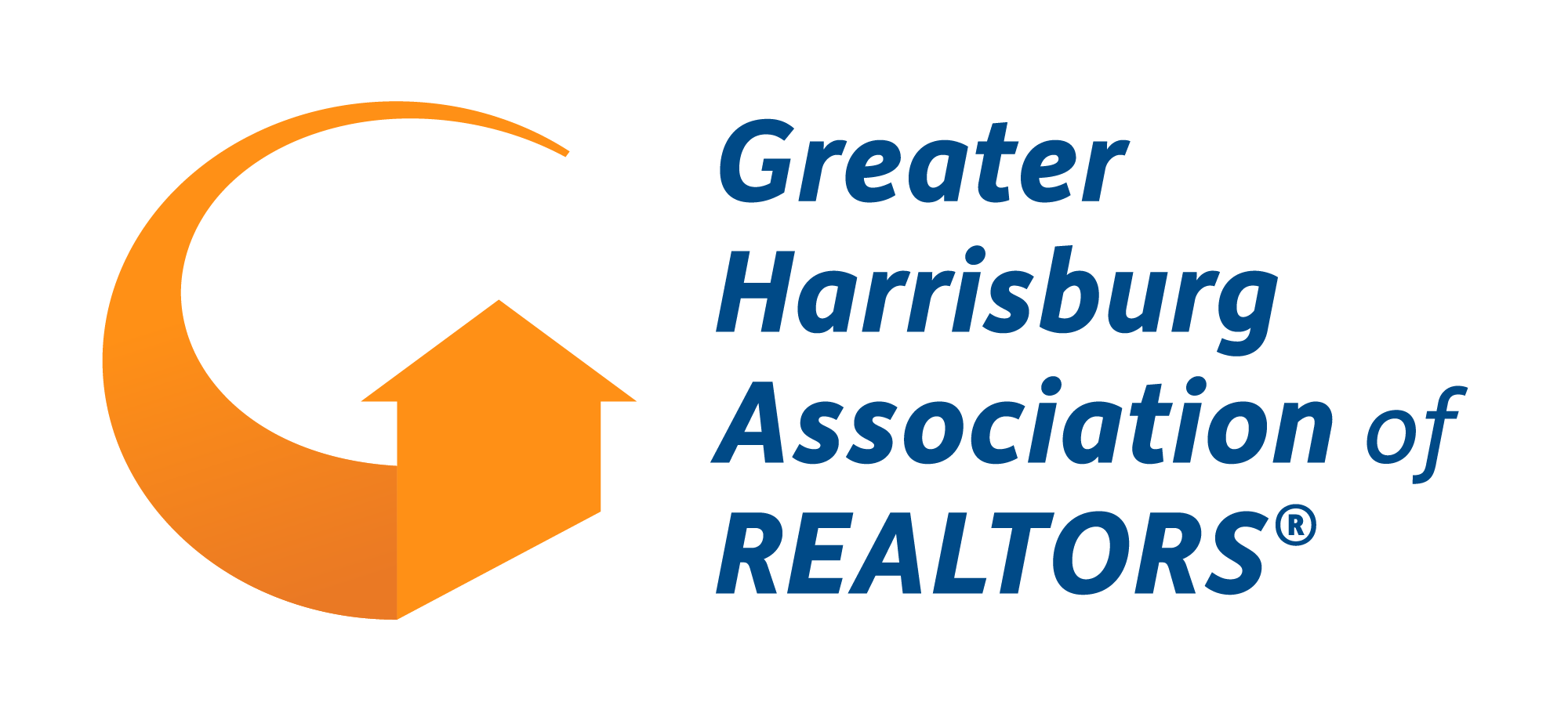Shared driveways
A shared driveway may be an impasse or an obstacle to the sale of property. Why? To a lender the reason is the same as that behind its demand that the title be marketable. The mortgaged real estate is collateral for the loan and the lender wants to assure that the collateral may be easily sold at no less than the amount due on the mortgage. A title problem can preclude that, but so too could a feud over a shared driveway. Feuds between neighbors over access, maintenance and improvement of shared drives and driveways lead to lawsuits and worse. “Worse” includes road blocks, fisticuffs and in the extreme, shoutouts! Lenders are not likely concerned about a fist fight, but will be concerned that their collateral could be diminished by litigation.
Why would a buyer be any less concerned with the pitfalls of sharing a driveway? The question is rhetorical: a buyer should not be less concerned. And when a buyer is paying cash there is no lender running interference to protect the buyer.
Of course not every property with a shared driveway is to be avoided or will a shared driveway lead to fisticuffs. The problems associated with shared driveways, however, should be anticipated by prospective buyers and sellers and their real estate agents.
The work-around that generally satisfies lenders, and therefore buyers, is a shared driveway maintenance agreement. Whatever it may be called, its terms are the important part. A good agreement provides a pathway for most issues that could arise: can the driveway be expanded or merely maintained; do the parties pay equally or is payment based on linear use; how is a repairperson/contractor selected; at what depth is a snow removal service used; when are overhanging limbs trimmed, are oversized vehicles and machinery permitted and if so with what precaution, how are disagreements resolved and decisions made? Even a well-crafted agreement can’t resolve all possible disputes, but at least there will be a pathway for resolution. Getting issues resolved also means that maintenance isn’t deferred which usually leads to the need for even more maintenance.
Resolving potential driveway issues should begin before the listing is accepted. The potential listing agent wants to know who owns the land on which the driveway is situated, whether an easement provides access to others and if so who, and whether a shared driveway agreement exits. The answers and the supporting documents should be available to potential buyers who are to be alerted that the driveway is shared and who can exercise due diligence to assure that the potential risks have been covered. Lastly, if no shared driveway or access agreement exists, encourage the seller to start the process before a buyer is found and the lender demands the same. And no, do not pick up the pen or copy an agreement you have seen elsewhere. Have the seller engage counsel.
When the right of the potential purchaser to use the driveway, and when the terms of use are less than crystal clear, the buyer agent should encourage the buyer to elect the Deeds, Restrictions and Zoning inspection in Paragraph 12 of the Standard Agreement. The buyer should engage a lawyer. A buyer should also be encouraged to meet and speak with the other property owners who share the drive. Walking the shared drive seems almost too obvious to mention, but I also consider it essential.
The moral of the story, like so many is….anticipate. Recognize the issues and prepare. Having to put together a shared driveway agreement at the last minute adds to the frazzle. And to learn then that there is a problem…………

